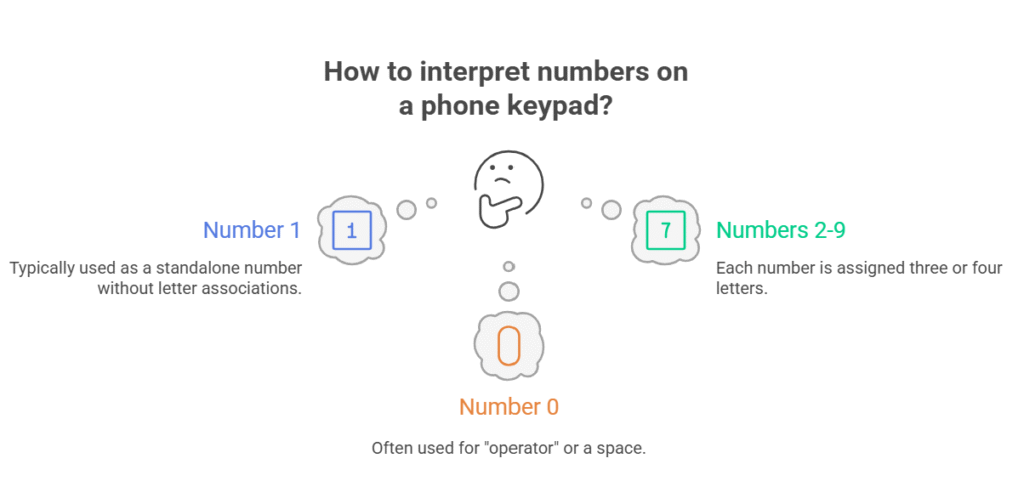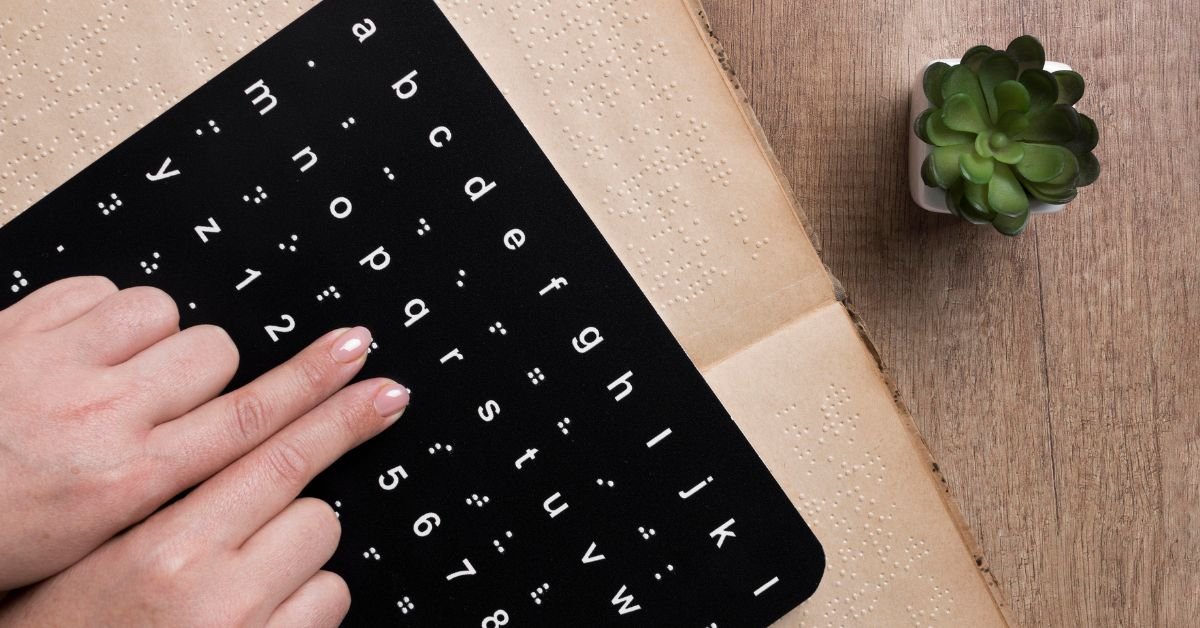Phone keyboard numbers why they’re arranged the way they are, how they work with letters, or why your smartphone keypad looks so familiar this guide is for you. Whether you’re curious about the classic telephone keypad, need to understand the logic behind a keypad with letters, or just want to know how to get the most out of your phone with number pad, you’ll find everything you need right here.
Why Are Phone Keyboard Numbers Arranged This Way?
Have you ever looked at your phone’s number pad and wondered, “Why are the numbers in this order?” It’s a common curiosity, especially for anyone who’s ever used both a calculator and a telephone keypad and noticed the numbers are reversed.
The arrangement of phone keyboard numbers isn’t random. It’s the result of decades of design, user testing, and technological evolution. Understanding this layout can help you use your phone more efficiently—and even impress your friends with some cool trivia.
“I always thought the number pad was just a random design, but learning about its history made me appreciate how much thought went into something we use every day.”
The History of the Telephone Keypad
The Birth of the Telephone Keypad
The first telephones didn’t have keypads at all. Early phones used rotary dials, which required users to spin a wheel for each digit. It wasn’t until the 1960s that the telephone keypad as we know it was introduced by Bell Labs.
Why This Layout?
The now-standard layout—three rows of three numbers, with 1-2-3 at the top and 7-8-9 at the bottom—wasn’t chosen at random. Bell Labs conducted extensive user testing and found that people dialed faster and made fewer mistakes with this arrangement compared to alternatives.
Keypad With Letters
To make dialing easier, especially for businesses, letters were added to the number pad. This allowed for phonewords like 1-800-FLOWERS, making numbers easier to remember.
Anatomy of Phone Keyboard Numbers
Let’s break down the typical phone keyboard numbers layout:
text1 2 3
ABC DEF
4 5 6
GHI JKL MNO
7 8 9
PQRS TUV WXYZ
* 0 #
- 1 is usually just a number, with no letters.
- 2-9 each have three or four letters assigned.
- 0 is often used for “operator” or a space.
This keypad with letters is still used for texting, entering passwords, and dialing vanity numbers.

Phone With Number Pad: From Landlines to Smartphones
Landline Phones
Classic landline phones featured a physical phone with number pad. These tactile buttons made dialing quick and easy, and the layout became second nature for generations.
Mobile Phones
Early mobile phones kept the same layout, adding features like speed dial and text messaging (remember T9?). Even as smartphones have evolved, the basic telephone keypad remains the same for dialing numbers.
Smartphones in 2025
Today’s smartphones offer digital versions of the classic number pad. Whether you’re making a call, entering a PIN, or using a banking app, the familiar layout is always there.
Why Do Keypads Have Letters?
The addition of letters to phone keyboard numbers wasn’t just for fun. It served several important purposes:
- Memorable Numbers: Businesses could use phonewords (like 1-800-CONTACTS) for easy recall.
- Text Messaging: Before full keyboards, users tapped numbers multiple times to type letters (e.g., “2” for “A”, “22” for “B”).
- Security: Some passwords and PINs use both numbers and letters.
How to Use a Keypad With Letters in 2025
While most people now use QWERTY keyboards for texting, the keypad with letters is still useful:
- Dialing Vanity Numbers: Convert letters to numbers using the keypad.
- Entering Secure Codes: Some systems still require alphanumeric input via the number pad.
- Old-School Texting: Some retro phones and apps bring back T9 texting for nostalgia.
The Science Behind the Layout
Did you know the telephone keypad is the opposite of a calculator’s number pad? Calculators have 7-8-9 at the top, while phones have 1-2-3. This was a deliberate choice to avoid confusion and errors, especially for operators and early users.
Modern Uses for Phone Keyboard Numbers
Dialing and Calling
The most obvious use: making phone calls. The layout is so universal that you can pick up almost any phone and know how to dial.
Entering PINs and Passcodes
Banking apps, voicemail, and security systems often use the classic number pad for PIN entry.
Texting and Messaging
While most people use full keyboards now, some apps and devices still use the keypad with letters for input.
Interactive Voice Response (IVR) Systems
When you call customer service and are asked to “press 1 for English, 2 for Spanish,” you’re using the telephone keypad.
Real-Life Example: The Power of a Familiar Layout
A teacher shared, “I noticed my students could use the phone with number pad on our classroom landline without any instructions. The layout is so ingrained that even kids who’ve only used smartphones know how to dial.”
The Evolution of Phone Keyboard Numbers in 2025
Digital Keypads
Modern smartphones offer customizable keypads, but the default remains the classic layout. Some apps let you change the look or add features, but the core design persists.
Accessibility Features
Voice dialing, haptic feedback, and larger buttons make the phone with number pad accessible to everyone, including those with visual or motor impairments.
Integration With Smart Devices
Smartwatches, tablets, and even smart TVs use the same number pad logic for entering codes and making calls.
Pros and Cons of the Classic Telephone Keypad
Pros
- Universal familiarity
- Easy to use, even for beginners
- Efficient for dialing and entering numbers
- Supports vanity numbers and alphanumeric codes
Cons
- Not ideal for long text input
- Can be confusing for those used to calculator layouts
- Limited customization on some devices
Security and Risks: Using Phone Keyboard Numbers
While the telephone keypad is convenient, it’s important to be aware of security risks:
- Shoulder Surfing: Be cautious when entering PINs in public.
- Phishing Scams: Never enter sensitive info unless you trust the source.
- Malware: Only use trusted apps for dialing and PIN entry.
FAQs
Q. Why are phone keyboard numbers arranged differently from calculators?
A. The layout was chosen after user testing by Bell Labs. It was found to be faster and less error-prone for dialing, and it helped distinguish phones from calculators.
Q. What do the letters on the telephone keypad mean?
A. They’re used for phonewords (like 1-800-FLOWERS) and for text input on older phones. Each number from 2 to 9 is associated with a set of letters.
Q. Can I customize the number pad on my smartphone?
A. Some Android and iOS apps allow you to change the appearance or add features, but the basic layout remains the same for compatibility and ease of use.
Q. How do I use a keypad with letters to dial a vanity number?
A. Just match each letter to its corresponding number on the keypad. For example, “FLOWERS” becomes 3-5-6-9-3-7-7.
The Future of Phone Keyboard Numbers
As technology evolves, the classic phone with number pad remains a staple. Even as voice assistants and AI become more common, the tactile and visual familiarity of the number pad ensures it’s here to stay.
In 2025, expect to see more integration with smart devices, enhanced accessibility, and perhaps even new uses for the humble keypad as part of multi-factor authentication and IoT devices.
Final Thoughts
The phone keyboard numbers layout is a testament to smart design and user testing. It’s a small detail that makes a big difference in our daily lives, from making calls to entering passwords and more. Whether you’re using a classic landline, a modern smartphone, or a smart device, the familiar number pad is always at your fingertips.
CLICK HERE FOR MORE BLOG POSTS
There’s a certain weight in the words John Authers writes—not just because of what he knows, but how he shares it. His voice doesn’t just echo facts; it builds meaning. In a world overwhelmed by rushed opinions and robotic summaries, John’s writing feels… different. It feels lived-in, thoughtful, and deeply human.
Readers don’t turn to John for headlines—they come for context. They come for that rare blend of clarity, insight, and emotional depth that turns financial journalism into something closer to storytelling. His reflections on markets, geopolitics, or human behavior aren’t just readable—they’re relatable.
What sets John apart isn’t just his experience (though he has plenty of it). It’s his ability to pause, reflect, and explain the why behind the what. He writes like someone who’s been in the room where it happens—but never forgets the reader who hasn’t.
In 2025, when AI churns out articles in milliseconds, John Authers still writes like a human—and that, more than anything, is what makes his work worth reading.











